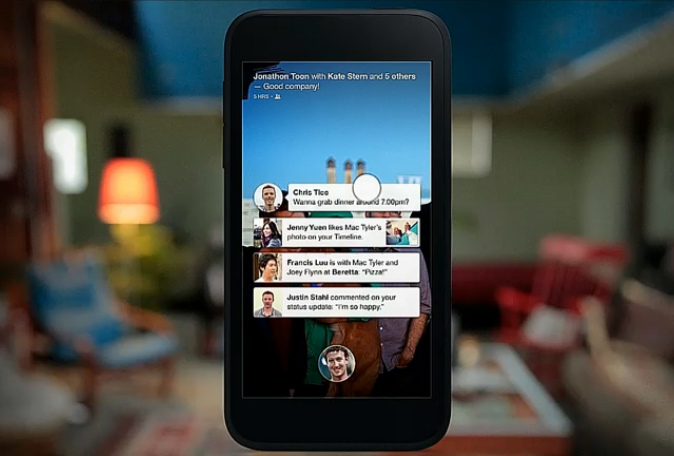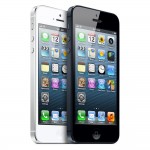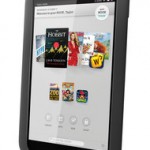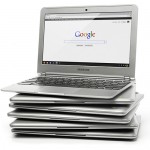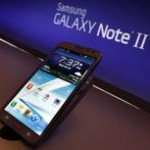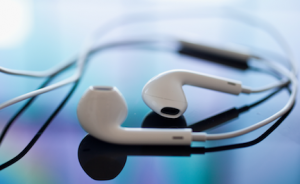It’s all about reputation, speed, quality, value, and money for Dunkin Donuts and Starbucks. It’s up to customers which brand they want to choose between Dunkin Donuts and Starbucks. The low cost of Dunkin Donuts coffee is a big factor why it is the leading coffee brewery in the Country. Dunkin Donuts and Starbucks both have their own one of its kind flavors. National Coffee Drinking Trends Study of 2004 says, “More than 100 million people in the U.S. alone drink coffee everyday”. Most of the people have their own different taste to which coffee brand they like. Dunkin Donuts and Starbucks have two different coffee beans, only difference is price and style. Dunkin Donuts started with the donuts and then their coffee, After Dunkin Donuts started doing well in the business Starbucks came along in 1971. The only difference between both brands is that Dunkin Donuts coffee is 100% Arabica coffee while Starbucks has choices of different coffee from different countries.
According to Dunkin Donuts website, “Dunkin Donuts is America’s largest seller coffee by the cup, serving nearly 1.5 billon cups of brewed coffee each year. Dunkin Donuts sells more than 30 cups of freshly brewed coffee each second”. Drinks at Dunkin Donuts are least 20% less in price than at Starbucks. This helps Dunkin Donuts capture business of price sensitive customers. At Starbuck a customer would pay $1.49 for a shot of espresso while at Dunkin Donuts espresso shot is only 99 cents. Dunkin Donuts prices are low and they offer high quality products. So customers can afford the price and have a good quality of coffee. Starbucks has recently launched a new line of flavored drinks. The new flavored drinks that Starbucks came out with are Blueberry, Coconut, Raspberry, Marshmallow, Caramel, Toasted, Almond and Cinnamon. These flavors can be added with different items of coffee you are getting. The most popular and top selling flavors for both Dunkin Donuts and Starbucks are Original Blend, Hazelnut, French Vanilla, and Decaf. Dunkin Donuts operates approximately 12000 units worldwide, while about 7600 of those are in United States alone. Starbucks operates about 8500 shops in more than 30 countries while most of their shops are in United States.
According to my research Dunkin Donuts is more popular then Starbucks. However, I personally choose Starbucks as my personal choice of coffee, because in my opinion Starbucks products cost more but, have better quality. What coffee shops would you pick between Starbuck and Dunkin Donuts and why?

http://en.wikipedia.org/wiki/Dunkin%27_Donuts
http://www.dunkindonuts.com/content/dunkindonuts/en/coffee/fromtreetocup.html
http://voices.yahoo.com/coffee-wars-starbucks-vs-dunkin-donuts-16009.html?cat=46
http://www.cspnet.com/news/foodservice/articles/dunkin-donuts-scores-no-1-coffee-customer-loyalty
